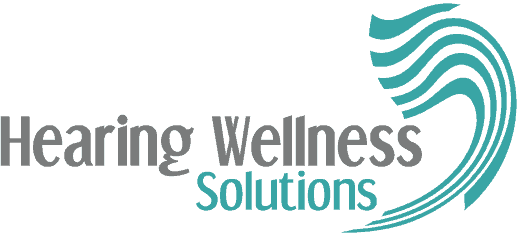It’s amazing to think about how far hearing aid technology has come in only the past 30 years. Not only have they gotten smaller, they have become much more sophisticated in their technology. No more apparent is this than when comparing analog and digital hearing aids. Are you looking to make the switch to digital? Here’s all you need to know about going digital with your hearing aids.
Analogue hearing aids
First, let’s look at what digital hearing aids are currently replacing. Analog hearing aids were the first type of hearing aids to emerge. They simply amplify the sound that they pick up from a microphone. For those with hearing loss at the time, they were a godsend. But technology has since moved on and analog hearing aids are seen as less able to accommodate the needs of modern hearing aid users.
The arrival of digital
Fully digital hearing aid technology arrived in 1996, which changed everything. These are based on the same basic principle of amplifying sound, but where they differ is the type of sound being amplified. Digital hearing aids use digital signal processing (DSP) which uses a small computer within the hearing aid to amplify the sound. No person with hearing loss ever loses their hearing equally across all frequencies, and that’s why digital technology came to be so important. They are able to break up sound waves into data, which means it is easier to separate speech from background noise.
5 benefits of digital hearing aids
1. Less noise, clearer sound
A digital hearing aid’s greatest advantage is its capacity to control noise. The digital amplifier operates continuously to separate speech from unwanted background noise. This technology makes listening in difficult conditions much easier so you can concentrate on the conversation.
This is improved even further if the digital hearing aid has directional microphones. This helps raise the sound signal of whatever is in front of you, increasing your chances of understanding your friend in a noisy café! There even exist automatic directional microphones that change the noise reduction settings instantly depending on your environment.
2. Less feedback
Long-time hearing aids users have no doubt encountered devices that whistle in certain situations, such as when you are hugging a friend or outside in high wind. This is known as feedback. Analog hearing aids weren’t able to control this automatically, but digital hearing aids are able to remove that noise after it is picked up by the microphone and before it gets to your ears.
3. More discreet
Technological developments have made all kinds of devices smaller and more portable, and hearing aids are no different. Due to its small but powerful computer chip, you can now wear a digital hearing aid that sits inside your ear, rendering it almost invisible to anyone you meet. This is great for those who require a little more discretion from their hearing device, and don’t want it to become a focus for conversation when they are out.
4. More options to customize
Digital technology now means you can tailor your hearing experience with digital hearing aids to match your hearing loss style, which improves your feeling of confidence in multiple listening scenarios. Compare it to the lighting in your home: You experiment with the sound and mood to make the environment ideal for your needs. You can do that with your hearing aids settings in digital hearing aids, so it just sounds normal and it feels natural.
5. Increased connectivity
Analog hearing aids had a few ways to connect to a limited number of accessories. This was usually achieved via a headphone jack on the device. But digital hearing aids can connect wirelessly, giving them a far greater potential to connect easily to the devices you use the most. Connecting to cell phones is the most frequent use case for this feature. With digital hearing aids, you can receive your phone calls directly into your ears. Another benefit of this wireless connectivity is the ability to listen to TV, music and other content through your hearing aids.
Hearing Wellness Solutions
Here at Hearing Wellness Solutions, we are excited to help you find the best digital device for your budget, your hearing loss type, and your lifestyle. We also provide custom hearing aid fitting and programming to best serve your hearing needs. Contact is today to schedule an appointment.


